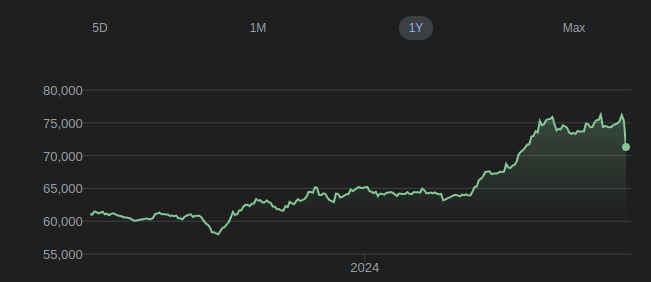Investing in Gold 2024: Diversifying Your Portfolio and Hedging Against Inflation

Gold has long been a popular investment choice for those looking to diversify their portfolios and protect against inflation. As a physical commodity, gold offers a tangible store of value that can provide stability during times of economic uncertainty. In this blog post, we’ll explore the factors affecting gold prices, the various ways to invest in gold, and how it compares to index funds as an investment option.
Factors Affecting Gold Prices :
Several key factors influence the price of gold:
- Limited global supply and increasing mining difficulty
- Inflation and economic conditions
- Geopolitical events and global crises
- Central bank policies and gold reserves
These factors can cause significant fluctuations in gold prices, both in the short and long term. Understanding these drivers is crucial for making informed investment decisions. Investing in Gold
There are several ways to invest in gold:
- Physical gold (coins, bars, jewelry)
- Gold ETFs and mutual funds
- Gold futures and options
- Gold IRAs
Each option has its own advantages and disadvantages in terms of liquidity, volatility, and ease of storage and management. Investors should carefully consider their investment goals, risk tolerance, and time horizon when choosing the best approach for their needs.
Comparing Gold to Index Funds
While index funds generally outperform gold in terms of long-term returns, gold can provide valuable diversification and inflation protection for a portfolio. Here’s a comparison of the two investment
options:
| Factor | Gold | Index Funds |
| Liquidity | Lower | Higher |
| Volatility | Lower | Higher |
| Long-term returns | Lower | Higher |
| Inflation hedge | Better | Worse |
| Diversification | Better | Worse |
Investors should consider their overall financial goals and risk tolerance when deciding how to allocate between gold and index funds. A diversified portfolio that includes both can help mitigate risk and enhance long-term returns.

Investing in Gold vs. Central Bank Gold Reserves
Central banks around the world hold significant amounts of gold as part of their foreign exchange reserves. As of 2023, the United States holds the largest gold reserves, followed by Germany, Italy, and France. While central banks hold gold for stability and economic security, individual investors can also benefit from including gold in their portfolios. By diversifying with gold, investors can potentially reduce overall portfolio risk and protect against inflation.
Conclusion
Gold can be a valuable addition to a diversified investment portfolio. By understanding the factors that influence gold prices and the various ways to invest in gold, investors can make informed decisions about how to allocate their assets and potentially enhance their long-term financial outcomes. Whether you choose to invest in physical gold, gold ETFs, or a combination of options, incorporating gold into your portfolio can provide a hedge against inflation and a measure of stability during times of economic uncertainty.
GOLD
— The Great Martis (@great_martis) July 23, 2024
This will take some time BUT gold for the next 2 decades imo will prove to be biblical.
13 year sleeper has been broken . pic.twitter.com/L83kCnikwW






